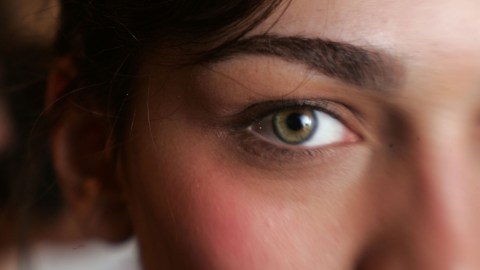The artificial iris has now been approved by the FDA — here’s what it can do.

The U.S. Food and Drug Administration has approved a new iris replacement device that is surgically implanted, named the “CustomFlex Artificial Iris.” The company that received approval is called Clinical Research Consultants, Inc.
There are 2 primary uses, both cosmetic (to change eye color and repair eye damage that is obvious) and to correct vision-related problems such as birth defects, traumatic injury, and melanomas that affect the iris and its function. Also, people born with albinism can have issues with their irises.

Malvinas Eydelman, director of the Division of Ophthalmic, and Ear, Nose, and Throat Devices at the FDA’s Center for Devices and Radiological Health clarified what purposes it might have:
”Patients with iris defects may experience severe vision problems, as well as dissatisfaction with the appearance of their eye. Today’s approval of the first artificial iris provides a novel method to treat iris defects that reduces sensitivity to bright light and glare. It also improves the cosmetic appearance of the eye in patients with aniridia.”
(Aniridia is a condition wherein patients are born with a partial or missing iris. It affects 1 in every 50,000 to 100,000 people.)
The artificial iris is surgically inserted, and then held in place with the eye’s natural structures. In some cases, stitches may be required. Since the iris can be colored due to its silicon makeup, it can also change the appearance of the color of the human eye, which opens it to usage for cosmetic as well as vision and structural eye issues.
The results are promising; 70 percent of participants in trials showed measurable decreases in glare and light sensitivity, and there are low side effects and negative reactions. 94 percent of participants report that they’re satisfied with the appearance of the artificial iris.
Now that’s eye-opening news.





